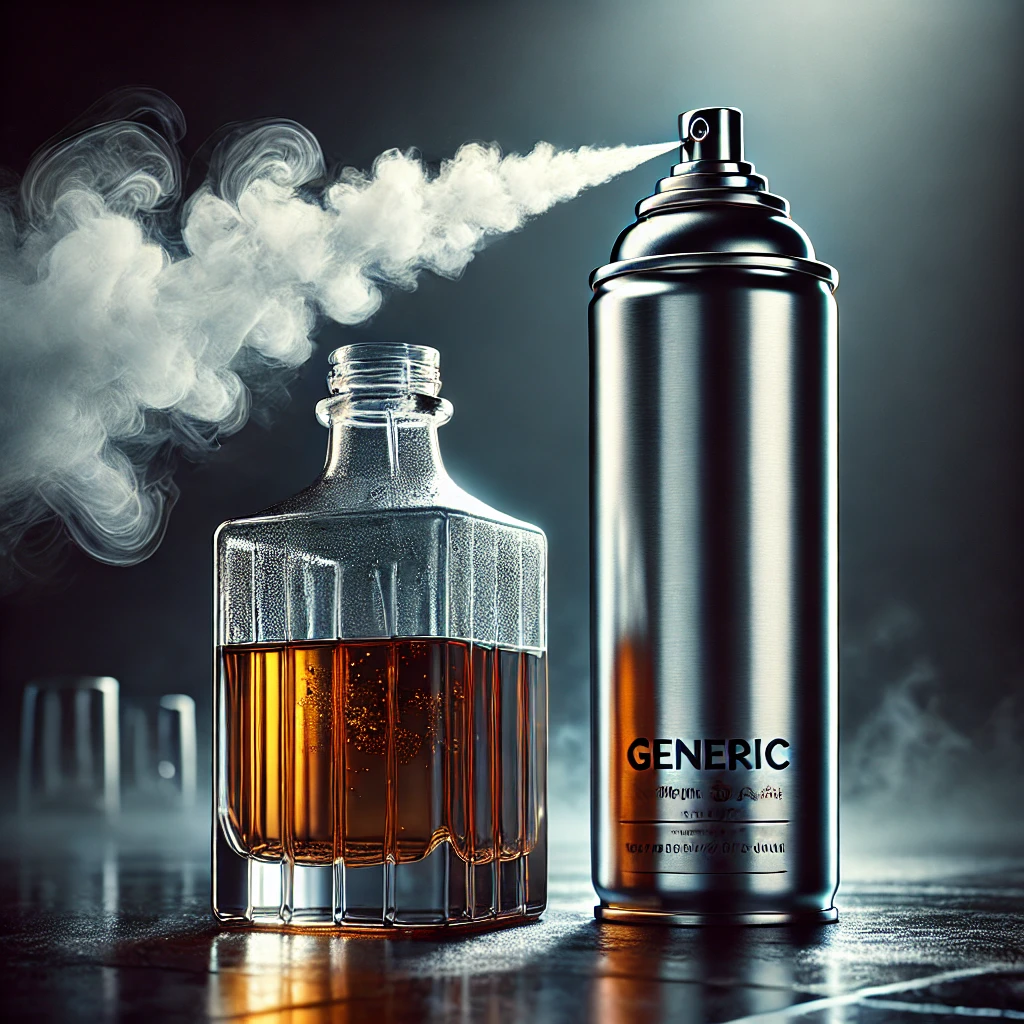For centuries, whiskey lovers have grappled with a persistent challenge: how to preserve the integrity of an open bottle. Oxygen, the invisible culprit, slowly alters the spirit’s flavor, dulling its complexity over time. Now, an innovative solution borrowed from the wine industry is making its way into whiskey preservation—argon gas.
The Problem: Oxidation and Its Impact on Whiskey
Once a bottle is opened, oxygen begins to interact with the whiskey, leading to a gradual shift in flavor. Some enthusiasts appreciate this evolution, but others want to keep their whiskey tasting as fresh as the day they uncorked it. Over time, oxidation can soften bold flavors, reduce intensity, and even make whiskey taste flat.
Traditionally, whiskey drinkers have used various methods to slow down oxidation, such as transferring the spirit to smaller bottles to minimize air exposure or sealing the cork tightly. However, these approaches have their limitations. Enter argon—a game-changer in whiskey preservation.
A Noble Solution: How Argon Works
Argon is a noble gas, meaning it does not react with other substances. It is also denser than air, allowing it to create a protective layer over the whiskey when sprayed into a bottle. This barrier prevents oxygen from coming into direct contact with the liquid, significantly slowing the oxidation process.
While argon has been used for years in the wine industry to preserve open bottles, whiskey drinkers and collectors are now adopting the method. High-end whiskey bars, distilleries, and even home enthusiasts have started using argon-based sprays like Private Preserve and ArT Wine Preserver to extend the life of their prized bottles.
A Look at Preservation Throughout Whiskey History
Long before argon entered the scene, whiskey drinkers and distillers have explored various methods to maintain the spirit’s quality. In the 19th and early 20th centuries, whiskey was often stored in ceramic jugs or glass decanters with wax seals to prevent air exposure. These methods helped in the short term but were not foolproof.
By the mid-20th century, distilleries adopted modern bottling techniques with tighter corks and screw caps to improve preservation. Some whiskey aficionados took to using vacuum sealers or inert gas blends to remove excess oxygen from partially consumed bottles.
Now, with the rise of argon-based preservation, whiskey collectors can safeguard rare and expensive bottles with unprecedented ease.
Does Argon Actually Work? The Ongoing Debate
While science supports the effectiveness of argon in slowing oxidation, some purists argue that it is unnecessary. Whiskey is already a stable, high-proof spirit, unlike wine, which has a lower alcohol content and is more prone to spoilage.
However, side-by-side comparisons have shown that argon-treated whiskey retains its original character much longer than bottles left to oxidize naturally. A simple experiment: Pour two glasses from the same bottle, treat one with argon, and leave the other exposed. After a few weeks or months, compare the results—many find that the argon-treated whiskey maintains its depth and vibrancy.
Should You Use Argon for Whiskey?
If you collect whiskey, savor bottles over long periods, or own high-value spirits, argon preservation could be a valuable tool in your arsenal. For casual drinkers who finish bottles quickly, oxidation may not be a significant concern.
As whiskey culture continues to evolve, so do the methods for preserving its integrity. Whether or not argon becomes a widespread practice, it represents the latest chapter in whiskey preservation—a story that has been unfolding for centuries.





